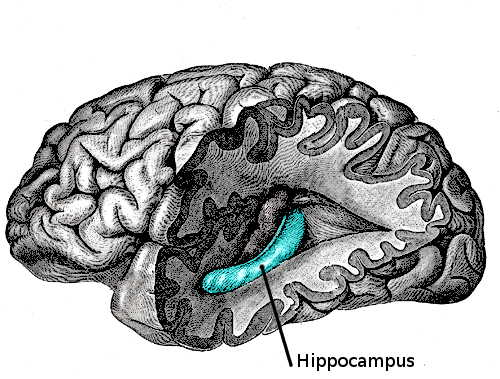The adult brain continues to grow with the challenges that it faces; its changes are linked to the development of personality and behavior. But what is the link between individual experience and brain structure? Why do identical twins not resemble each other perfectly even when they grew up together? To shed light on these questions, the scientists observed forty genetically identical mice that were kept in an enclosure offering a large variety of activity and exploration options.
“The animals were not only genetically identical, they were also living in the same environment,” explains principal investigator Gerd Kempermann, Professor for Genomics of Regeneration, CRTD, and Site Speaker of the DZNE in Dresden. “However, this environment was so rich that each mouse gathered its own individual experiences in it. Over time, the animals therefore increasingly differed in their realm of experience and behavior.”

New neurons for individualized brains
Each of the mice was equipped with a special micro-chip emitting electromagnetic signals. This allowed the scientists to construct the mice’s movement profiles and to quantify their exploratory behavior. The result: Despite a common environment and identical genes the mice showed highly individualized behavioral patterns. They reacted to their environment differently. In the course of the three-month experiment these differences increased in size.
“Though the animals shared the same life space, they increasingly differed in their activity levels. These differences were associated with differences in the generation of new neurons in the hippocampus, a region of the brain that supports learning and memory,” says Kempermann. “Animals that explored the environment to a greater degree also grew more new neurons than animals that were more passive.”
Adult neurogenesis, that is, the generation of new neurons in the hippocampus, allows the brain to react to new information flexibly. With this study, the authors show for the first time that personal experiences and ensuing behavior contribute to the individualization of the brain.” The individualization they observed cannot be reduced to differences in environment or genetic makeup.”
“Adult neurogenesis also occurs in the hippocampus of humans”, says Kempermann. “Hence we assume that we have tracked down a neurobiological foundation for individuality that also applies to humans.”
Impulses for discussion across disciplines
“The finding that behavior and experience contribute to differences between individuals has implications for debates in psychology, education science, biology, and medicine,” states Prof. Ulman Lindenberger, Director of the Center for Lifespan Psychology at the Max Planck Institute for Human Development (MPIB) in Berlin. “Our findings show that development itself contributes to differences in adult behavior. This is what many have assumed, but now there is direct neurobiological evidence in support of this claim. Our results suggest that experience influences the aging of the human mind.”
“In the study, a control group of animals housed in a relatively unattractive enclosure was also examined; on average, neurogenesis in these animals was lower than in the experimental mice. When viewed from educational and psychological perspectives, the results of our experiment suggest that an enriched environment fosters the development of individuality,” comments Lindenberger.
Notes about this neurogenesis research
The study is also an example of multidisciplinary cooperation — it was made possible because neuroscientists, ethologists, computer scientists, and developmental psychologists collaborated closely in designing the experimental set-up and applying new data analysis methods. Biologist Julia Freund from the CRTD Dresden and computer scientist Dr. Andreas Brandmaier from the MPIB in Berlin share first authorship on the article. In addition to the DZNE, CRTD, and the MPIB, the German Research Center for Artificial Intelligence in Saarbrücken and the Institute for Geoinformatics and the Department of Behavioural Biology at the University of Münster were also involved in this project.
The DFG-Center for Regenerative Therapies Dresden – Cluster of Excellence at the TU Dresden (CRTD), the Dresden site of the German Center for Neurodegenerative Diseases (DZNE), and the Max Planck Institute for Human Development in Berlin played a pivotal role in the study.
Contact: Dr. Dirk Förger – Helmholtz Association of German Research Centres
Source: Center for Regenerative Therapies Dresden – CRTD press release (PDF)
Image Source: The brain illustration with the hippocampus exposed is credited to Gray’s Anatomy and is available in the public domain.
Original Research: Abstract for “Emergence of Individuality in Genetically Identical Mice” by Julia Freund, Andreas M. Brandmaier, Lars Lewejohann, Imke Kirste†, Mareike Kritzler, Antonio Krüger, Norbert Sachser, Ulman Lindenberger and Gerd Kempermann in Science. Published online May 10 2013 DOI: 10.1126/science.1235294







